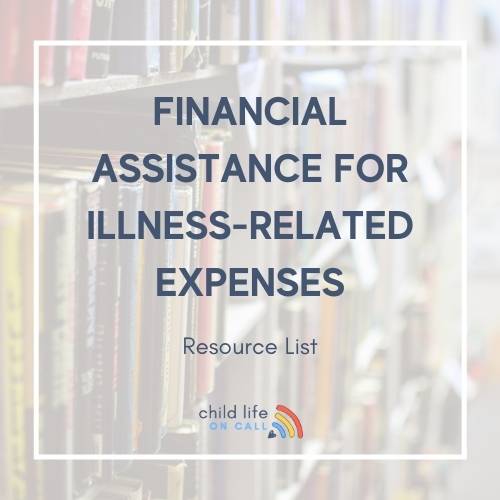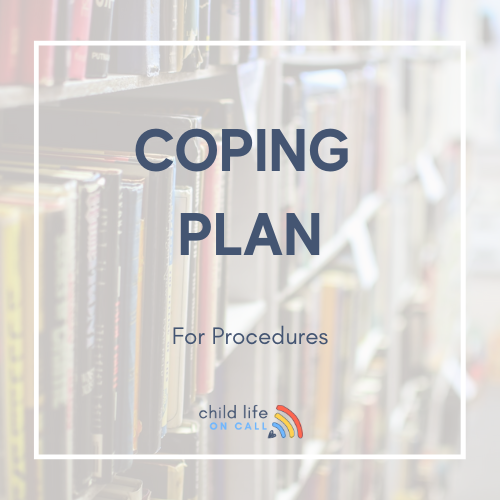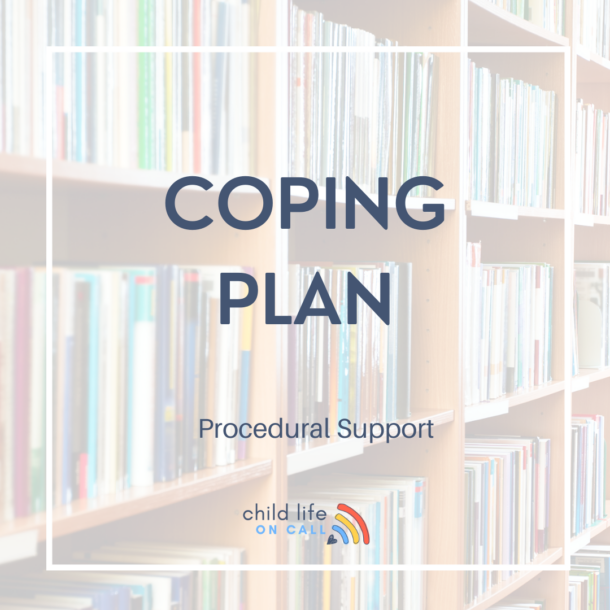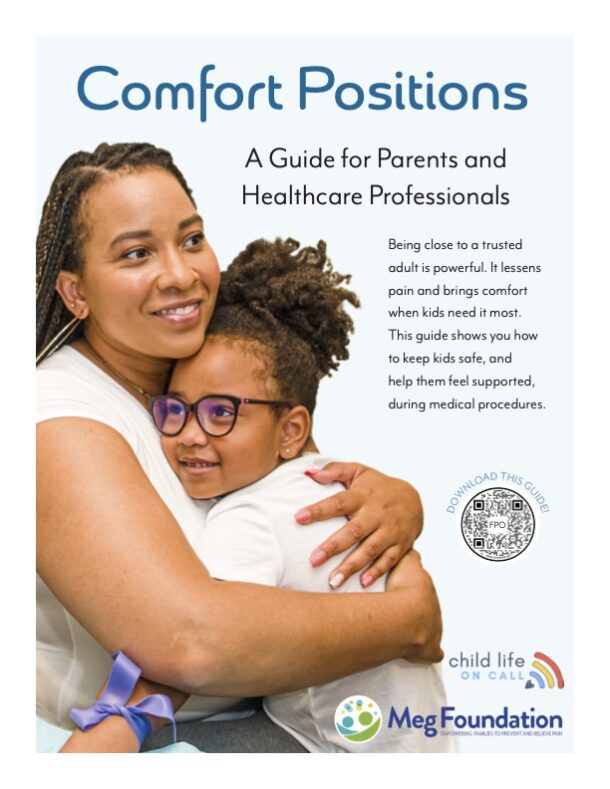"I've learned so much in this whole process. It's like you have a depth inside of you that resurrects as an advocate and high alert, and it lives inside of you when you need it." -Aspen, Willa's Mom In this episode of Child Life On Call, host Katie Taylor and guest...
Episode 118 | How to Give Your Child Medicine
Podcast Show Notes
I’m bringing you a quick episode about a commonly asked question. This topic also happens to be one of our most downloaded resources on the website (in case you didn’t know, you can get free downloadable resources here!) We’re talking about how to get your kids to take medicine – liquid, pills, eye drops, and more.
In this episode, we talk about…
[1:37] Helping ourselves to help our children
First and foremost, whenever we are talking about helping our children to do something it’s usually a big reality check that we have to help ourselves in order to help them. As parents, as healthcare professionals – as whoever is administering medicine – we need to check our own expectations and disregard our own experiences.
[2:12] Helping children to understand the need for medicine
We also need to realize that we are dealing with a child. This is not an adult who can determine that medicine is necessary for them to get healthy. It’s really hard for kids to understand the ‘why’ of taking medicine because they are so consumed with what it feels or tastes like.
I don’t know if you all remember Dimetapp, but I will never forget how terrible it was when I was growing up. Every time I find myself pouring a grape flavored medicine for my kids, I have to stop myself from being like, “Good luck. This is disgusting.”
[3:02] Step 1: Setting expectations
The first step is to set your own expectations. Don’t try to give medicine when you are upset, stressed, or anxious. Make sure you are ready for the experience.
[3:34] Step 2: Recognize that medicine is non-negotiable
It is important to know, as parents, that this medicine is non-negotiable. I know that probably goes without saying – if the doctor ordered this medicine, it is non-negotiable. I find, however, that as parents we can talk ourselves out of it. If they spit it out, we might shrug it off and tell ourselves they don’t really need it. We need to accept ourselves, and then present it to our children, that medicine prescribed by a doctor must be taken correctly.
[4:29] Step 3: Consider the child’s developmental level
We also have to consider the child’s age and developmental level as far as what they can understand about why they need to take medicine. Once we know why ourselves, we can script an explanation that the child can understand.
[7:16] Step 4: Offer choices about how to take the medicine
When children have to take medicine, they don’t get to choose the flavor. They can, however, choose how they want to take the medicine. They can take it in a syringe, a medicine cup, or a real cup. They may be able to choose who administers the medicine. They can decide if they want a sip of water before or afterward, or maybe they can even eat an M&M when it’s done. By offering these choices where appropriate, we can empower children in this process.
[8:20] Step 5: Practice and getting the child comfortable with taking medicine
Practicing taking medicine can make it seem less intimidating to do so when they really need to. In my house, we keep syringes in the bathtub for the kids to use as a squirter. They become associated with play, and when it’s time to take medicine the kids are really comfortable. The syringe is a non-threatening item, and that’s a good thing.
[9:00] Giving eye drops to children
As adults, we can think about sitting at the eye doctor and getting that puff of air in our eyes. Our children will have the same reaction to eye drops, because they don’t understand fully what they will feel like or why they have to take them. The more we can practice and talk about what it feels like, the better off we will be.
The first strategy when it comes to eye drops is just to show them that it’s a liquid. Put a drop on your finger, and let them feel that it’s water. It’s not hard or sharp.
The second strategy is to get a baby doll, or draw two eyes on a sheet of paper and show them exactly where in the eye you are going to put the drop. In the hospital, we have a lot of success putting a tiny drop into the corner of the eye and encouraging the child to blink it into place.
[10:38] Helping children to swallow pills
When it comes to swallowing pills, this is a skill that does not come naturally to a lot of kids. It takes progress, practice, and patience. First, we can use really small pieces of candy to get them comfortable with swallowing. I’m talking starting with something small like Nerds. You can even let them pick what color Nerds they want. When they are really good at swallowing Nerds, you can progress to larger pieces of candy like Skittles, Tic-Tacts, or Mike & Ikes. You can praise them as they make progress.
The children need to buy into this and be active participants in swallowing pills, so the more fun you can make it and the more choices you can give, the better off you’re going to be. As they have more success with swallowing candy, you can transition them to the actual pill. Continue to provide a great roar of approval and excitement as they attempt to swallow the pills. We have to remain patient, and this will be something the child wants to be successful with.
Have you heard? The Child Life On Call mobile app for parents, kids and their care team will be available in 2022. Sign up to stay informed here.
Child Life On Call is a community of parents and professionals that share ideas, stories and resources to help YOU navigate your child’s unique experiences. We give you strategies to support yourself and your family through life’s challenges. We are so glad you are here.
You Might Also Like…
214: Sacrifice, Advocacy, Joy: Raising a Son with End Stage Kidney Disease – The Ransome Family’s Story
"Sometimes it's really therapeutic though to remember all that you have gone through because I feel like there are times when we look at each other and I'm like how did we get here?" Taylor Ransome We're grateful for our sponsor for this episode, Nestle Health...
213: Parents, CCLS, Students: Show Up Exactly As You Are
In This Episode: Katie Taylor goes off the beaten path in this special episode to share a profound moment of inspiration that struck her. This episode is a heartfelt message to child life specialists, students, and parents, emphasizing the importance of showing up as...













